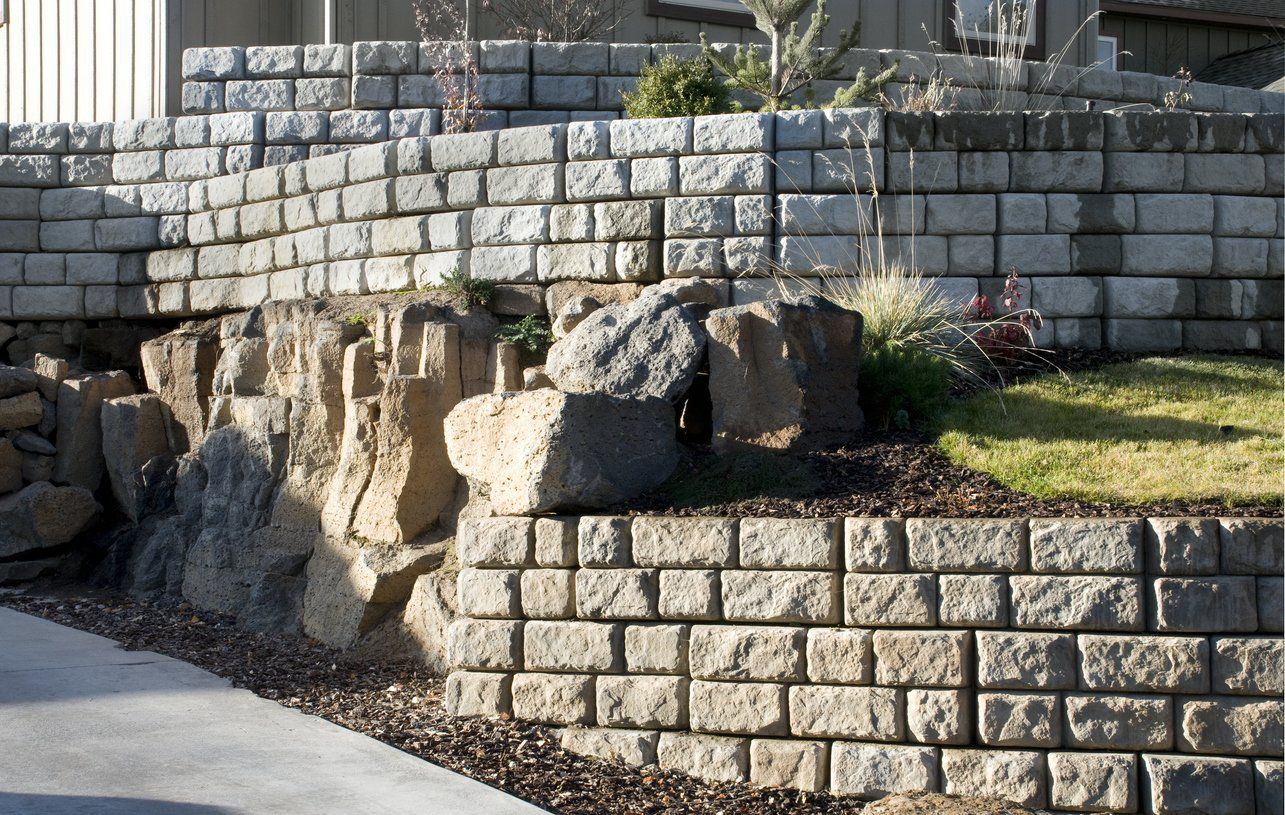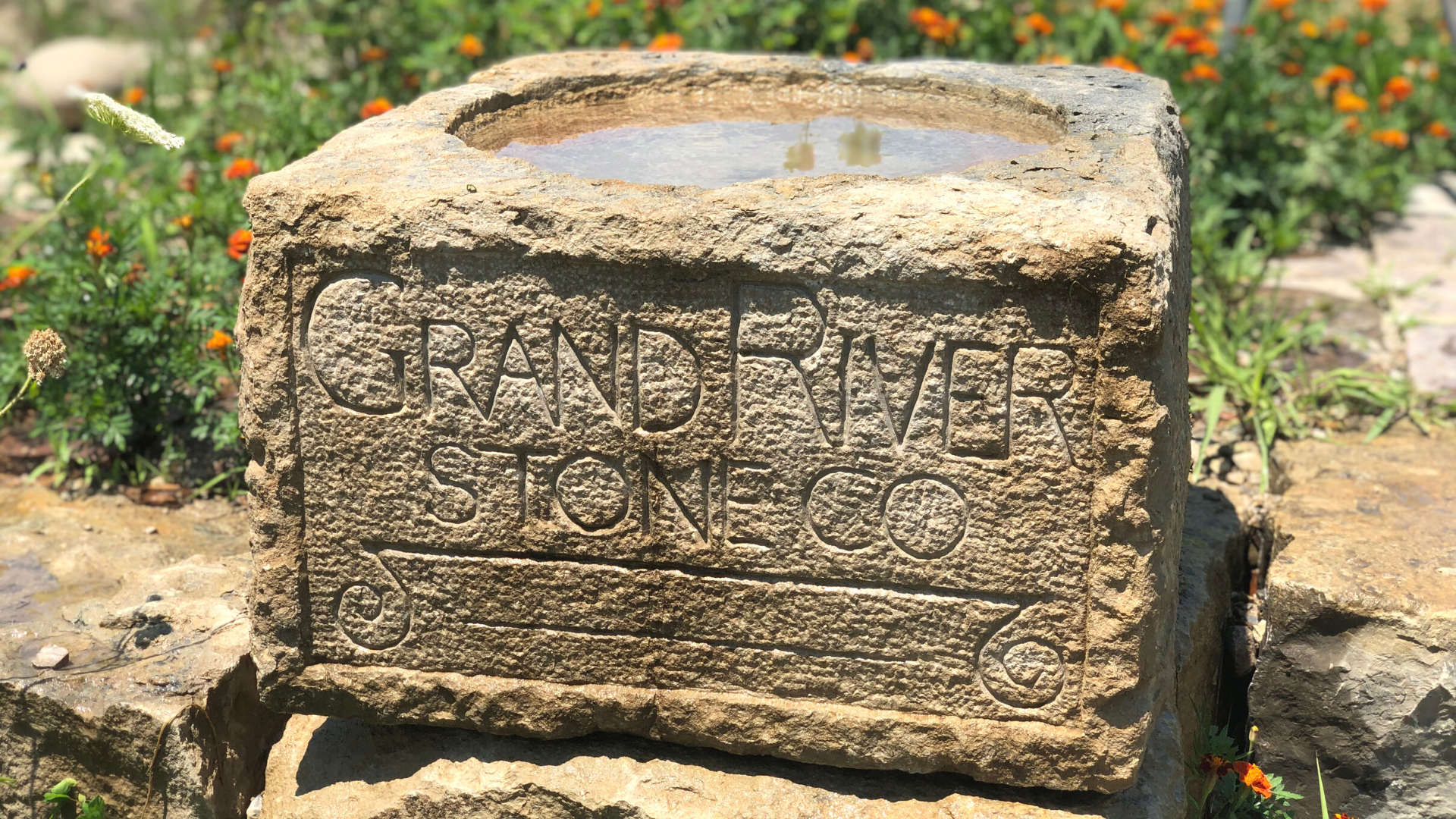Is Limestone Expensive?
Apr 26, 2023
Limestone is a popular building material because of its durability and aesthetic appeal. As a stone supplier, it's no surprise then why this stone has been used for centuries! However, people still come to us asking if limestone is an expensive type of stone for landscaping or if it's worth their money for particular projects.

In this post, Grand River Stone will explore the cost of limestone and expand on the factors that can affect its price points. We will also provide some information on what makes limestone a great choice for different projects.
What is Limestone?
Alright, it's time for a quick lesson about limestone.
Limestone is a sedimentary rock primarily composed of calcium carbonate. It is formed from deposits of shells, coral, and other sediments. Limestone can be found all over the world and has many unique textures and colors. Due to its durability and versatility, it is quite popular among landscaping and construction workers. We supply many clients with limestone throughout the year.
When used as a building material, limestone is relatively simple to cut into blocks or slabs. This makes for an easily workable material that is perfect to use for building a variety of features. Limestone also has a strong resistance to weathering and erosion, which makes it an ideal choice for outdoor applications such as paving, landscaping, and retaining walls.
Limestone is also an excellent choice when considering sustainability since it is found in abundance and does not use up a significant amount of energy to extract and process. It is also an all-natural, naturally occurring material that does not release any harmful pollutants into the environment.
Factors that Affect the Cost of Limestone
While it is relatively affordable compared to other materials, the cost of limestone can vary depending on a few outside factors, such as source, transportation, and labor costs. Understanding these factors will help you make more informed decisions when purchasing limestone for your projects.
Source of Limestone
Limestone is typically quarried from the earth, and the location of the quarry plays a crucial role in determining the cost. Factors such as the depth of the deposit, accessibility of the site, and the quality of the limestone can all influence the extraction costs. Additionally, environmental regulations and taxes imposed by local governments can also affect the cost of limestone sourced from a specific region.
Transportation Costs
The further the limestone has to travel, the higher the transportation costs will be. This is due to the expenses incurred for fuel, vehicle maintenance, and the time required for transportation. In some cases, long distances may necessitate the use of multiple modes of transportation, such as trucks, trains, or ships, further increasing the overall cost.
Labor Costs
The extraction, processing, and transportation of limestone all involve labor, and the cost of labor can significantly impact the price of limestone. Regions with higher labor costs will typically have more expensive limestone, while areas with lower labor costs may provide more affordable options.
Market Demand
When there is a high demand for limestone, the prices may increase due to the basic principles of supply and demand. This can be particularly true in regions where construction or infrastructure projects are booming, driving up the demand for limestone and other building materials. On the flip side, when the demand for limestone is low, the prices may decrease.
Comparing the Cost of Limestone to other Building Materials
Compared to brick and other natural stones, limestone is a versatile and cost-effective choice. While limestone may be more expensive than concrete, it offers a more natural and attractive appearance.
Limestone vs. Concrete
Concrete is one of the most widely used building materials, known for its strength, versatility, and relatively low cost. When comparing the cost of limestone to concrete, limestone is generally more expensive per square foot.
However, it is essential to consider the specific application and the desired aesthetic appeal when making a decision. While concrete offers excellent structural support, limestone provides a more natural and attractive appearance.
Limestone vs. Brick
Brick is another popular building material, known for its durability and timeless appeal. In terms of cost, brick and limestone are relatively comparable, with brick sometimes being slightly more expensive, depending on the type and quality. Both materials offer excellent longevity and require minimal maintenance, making them attractive choices for various applications.
However, limestone is more versatile and can be used for a wider range of projects, such as flooring, wall cladding, and landscaping. In contrast, bricks are primarily used for walls and structural support.
Limestone vs. Other Natural Stones
Natural stones, such as granite, marble, and slate, is a popular choice for high-end construction projects due to its luxurious appearance and durability. When comparing the cost of limestone to other natural stones, limestone is generally more affordable.
While natural stones like granite and marble offer a more sophisticated and elegant look, they can be significantly more expensive than limestone. Additionally, natural stones like slate can be more challenging to work with, which can increase labor costs. Limestone, on the other hand, is easier to work with and offers a wide range of finishes and textures.
Examples of Limestone Projects and Their Costs
Limestone is used for all kinds of projects, both big and small. Even some of the most notable architectural projects around the world have used limestone. In the U.S., both the Pentagon and Lincoln Memorial were built with Indiana limestone as one of the main materials.
On a smaller scale, limestone is often used to help build retaining walls, patios and walkways, garden edging, fire pits, and it can often be found placed in and around water features.
For walkways or patios, the cost for limestone pavers can typically run $10-$30 per square foot, whereas limestone blocks for retaining walls can range from $15-$40 per square foot. Limestone used for garden edging can cost $5 to $15 per linear foot. Of course these are all approximate costs, and these ranges can vary depending on the size and finish of the blocks as well.
Choose Grand River Stone As Your Limestone Supplier
After taking a closer look, it’s hard not to see the perks that Limestone has to offer when compared to other landscaping materials. It’s versatility allows it to be used for a variety of different projects, while its durability gives the comfort knowing you’re making a long-lasting investment. There’s a reason why so many of our clients use our limestone ledge.
If you’re sold on using limestone for your next landscaping project,
reach out to Grand River Stone today. With our
patented Grindstone process we can dimension our limestone rock to fit your project needs and specifications.
Business Hours
- Mon - Fri
- -
- Sat - Sun
- Closed
Service Area
© 2024 | All Rights Reserved | Grand River Stone | Privacy Policy
Web Design by Tekkii, LLC

